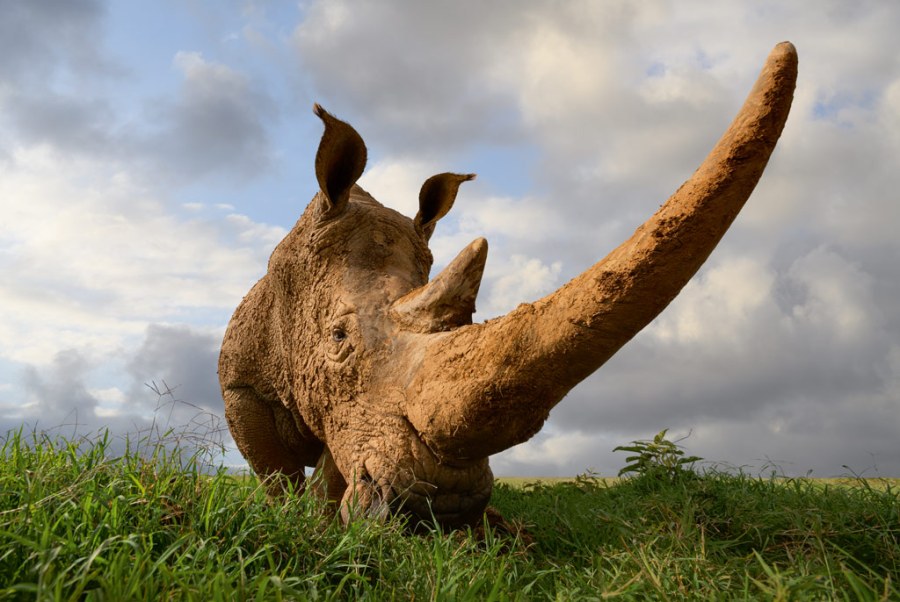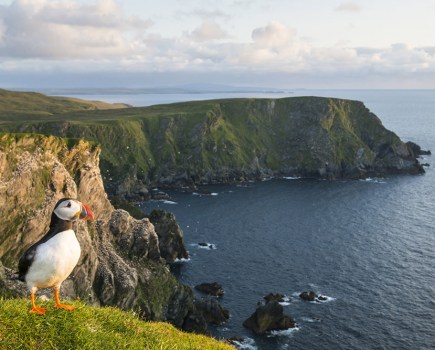In his latest column for AP, top nature photographer Marsel van Oosten shares some tips for better wildlife close-ups, without putting yourself at personal risk
The vast majority of wildlife images are shot with telephoto lenses. There are several reasons for this. One, most wildlife prefers to stay at a safe distance from us because it has learned that humans cannot be trusted. Two, some wildlife is medium-sized or smaller, so you need a lot of magnification for your subject to show up at a recognisable size in your frame. Three, getting physically close to certain animals is simply not a good idea because of the risk of dying while trying.
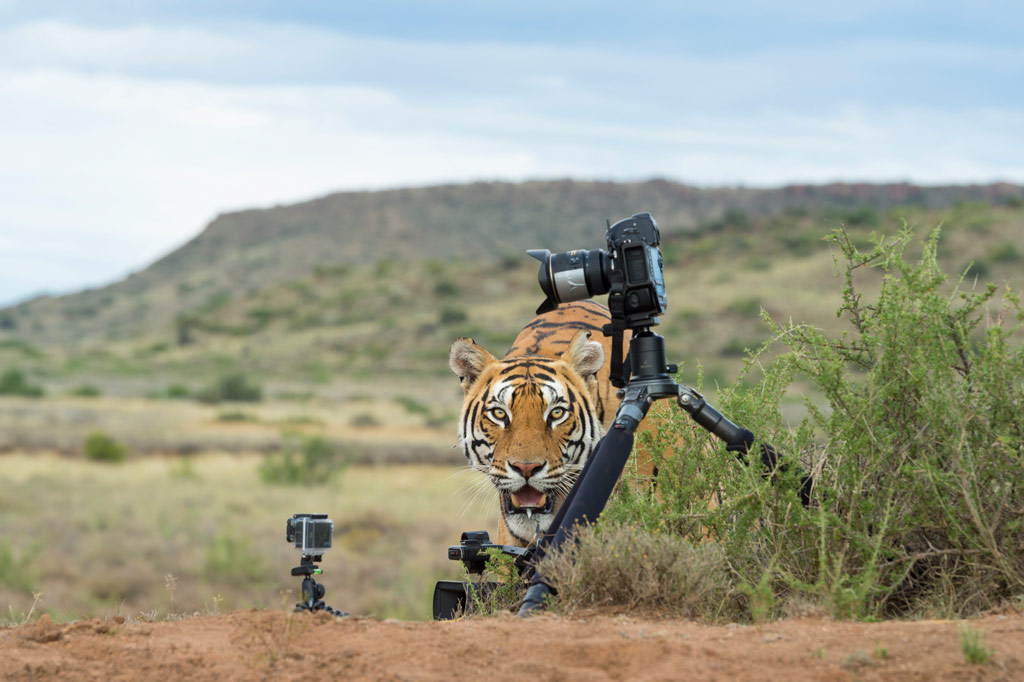
‘The tiger image is from an ex-situ tiger conservation experiment in South Africa called Tiger Canyon. It was started in 2001, I believe in response to the then rampant tiger poaching in India. The idea was to create a self-sustaining population of wild tigers outside of the Indian continent, much like a back-up plan. I set up remote cameras in an area where a tigress and her cubs liked to hang out’
In my own photography, I prefer photographing wildlife with (relatively) short lenses because I enjoy showing animals in their habitat and creating so-called ‘animalscapes’. Long telephoto lenses, such as 400mm plus, have a very narrow field of view, so you often end up with just the animal filling your frame and little to no space for any context.
This is made worse by the fact that long telephoto lenses have a very shallow depth of field, which means that backgrounds quickly turn into out of focus blurs. While this is great for separating the foreground from the background, and lets your subject pop out, I prefer my backgrounds to add to the image. This can be anything from trees or mountains to clouds.
Each year, I spend about nine months leading photo tours around the world, the vast majority of which are in Africa. With a long telephoto lens, getting good images of the elephants, lions or rhinos living there isn’t difficult. However, shooting them with a wideangle lens is a whole different story.
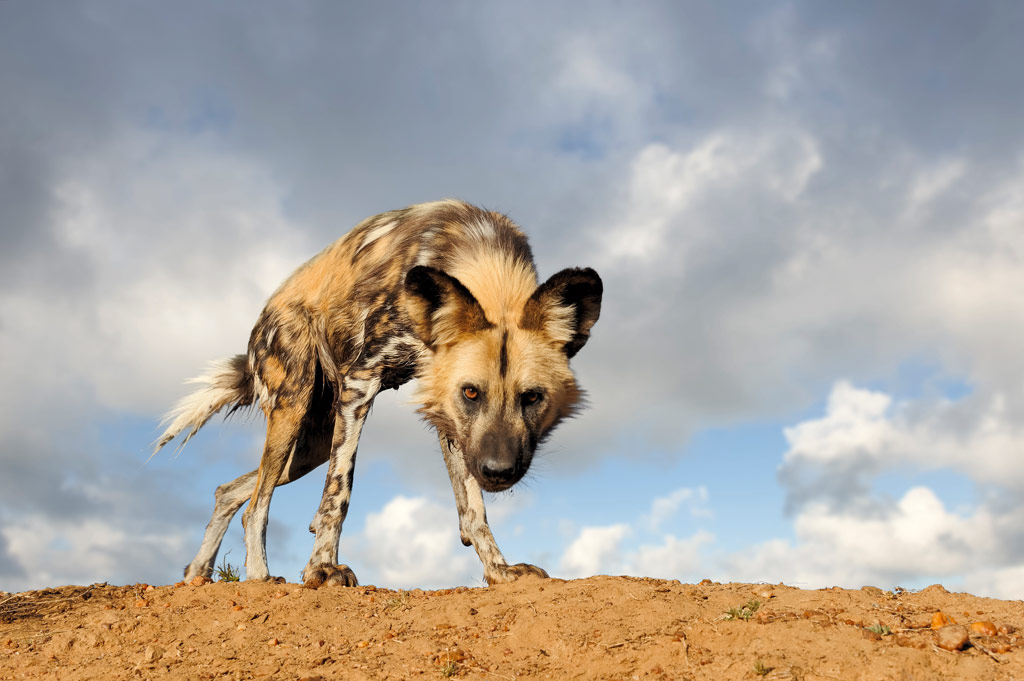
‘Who let the dogs out? Botswana. The African wild dog is the largest indigenous canine in Africa, and listed as endangered on the IUCN Red List. Nikon D3, AF-S 24-70mm f/2.8, 1/400sec at f/11, ISO 400’
Wild dogs are fascinating predators that hunt in packs and are infamous for ripping their prey to shreds while it’s still alive. Habitat-loss and poisoning (by farmers) are the main reasons they’re an endangered species, so they are also increasingly difficult to find. My objective to photograph them with a wideangle lens was therefore challenging.
So far, I only succeeded once by placing a camera with a wideangle in a depression close to a waterhole where the dogs were hanging out. I was at a safe distance in my vehicle and used a remote control to trigger the camera. The perspective in combination with the low angle and the gorgeous clouds make this a unique image… all without getting eaten alive.
I tried something similar with rhinos. While not as ferocious as wild dogs, their sheer size and weight makes them something to be very careful with. My idea was to use the typical distortion of a wideangle lens to create a very dynamic closeup of a white rhino with a big horn. After countless failed attempts, I managed to get a remote-controlled shot of a white rhino with a very large horn, that was covered in mud.

‘Battle tank. White rhino with a long horn, Kenya. Nikon D810, 17-35mm f/2.8, 1/500sec at f/11, ISO 360′
It’s not difficult to find white rhinos, but I will never share the exact locations of my rhino photography because of poachers. To photograph them isn’t particularly difficult either, but they are grazers so they have their heads down most of the time.
To photograph them with a wideangle lens, however, is an entirely different story. It takes a lot of time and patience, and thorough understanding of rhino behaviour to predict what they will do, where and when. Everything came together in this shot: the great model, the pose, the low angle, the distortion, the light and the sky in the background.
While the success rate may be low, it’s great fun to try and if it works you end up with something that is very different from the norm. Be careful with lions, elephants, polar bears and monkeys as they will most likely completely destroy your set-up!
As told to Steve Fairclough
Marsel van Oosten
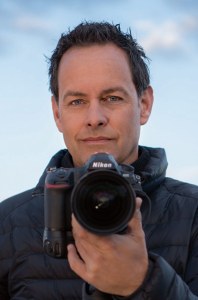
Marsel van Oosten was born in The Netherlands and worked as an art director for 15 years. He switched careers to become a photographer and has since won Wildlife Photographer of the Year and Travel Photographer of the Year. He’s a regular contributor to National Geographic and runs nature photography tours around the world. Visit his website for more
Further reading
Best cameras for wildlife photography
Photographing wildlife by understanding animal behaviour
How to capture fast-moving birds and animals
The top 15 best wildlife photos
How to be an ethical wildlife photographer

